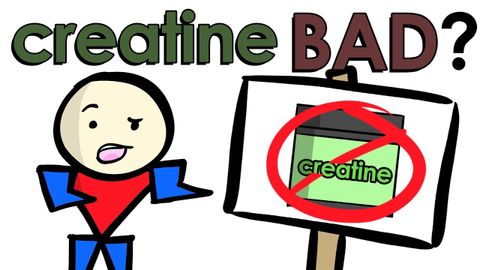筋トレにはクレアチン!でも本当に安全なの?
CHEN ZHAO が 2021 年 01 月 14 日 に投稿  この条件に一致する単語はありません
この条件に一致する単語はありませんUS /ɪˈsenʃəli/
・
UK /ɪˈsenʃəli/
US /pəˈtɛnʃəl/
・
UK /pəˈtenʃl/
- adj.可能性がある;潜在的な
- n. (u.)可能性
- n. (c./u.)可能性;潜在能力;候補者;ポテンシャル
US /səˈsɛptəbəl/
・
UK /səˈseptəbl/
- adj.影響を受けやすい;影響を受けやすい;影響を受けやすい;脆弱な
US /ˈfɪzɪkəl/
・
UK /ˈfɪzɪkl/
- n. (c.)身体検査 : 健康診断
- adj.身体の : 肉体の;物質的な;物理的な
- n.体育
エネルギーを使用
すべての単語を解除
発音・解説・フィルター機能を解除
